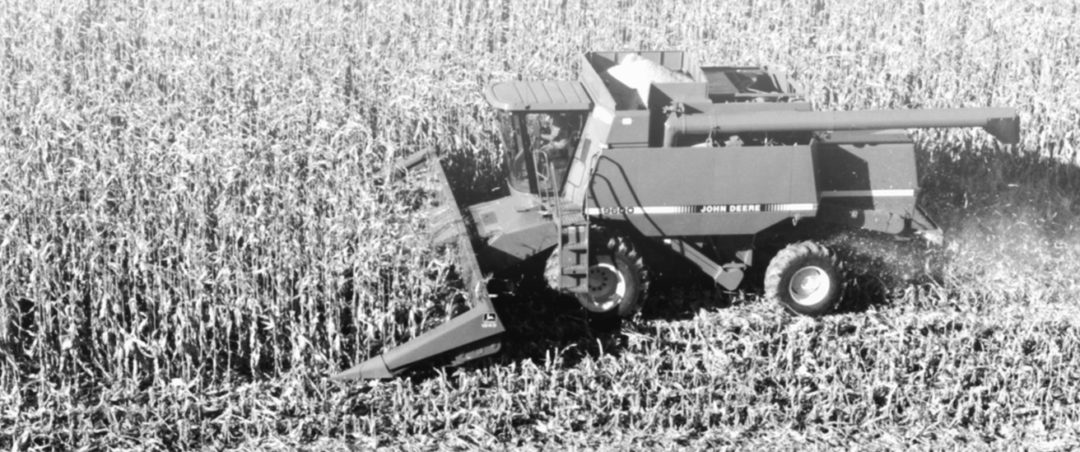No-Till Farmer
Get full access NOW to the most comprehensive, powerful and easy-to-use online resource for no-tillage practices. Just one good idea will pay for your subscription hundreds of times over.

Corn residue generates increasing interest as a source of value-added products, most notably ethanol. But before you begin to collect corn stover, it’s important to realize the value of leaving residue for your no-tilled ground. Collecting the stover might offer some no-tillers a great opportunity to pull additional income from their fields; but for others, the value of the residue is greater if it is left on the ground.
Plant residue effectively controls soil erosion. Annual soil losses from soils left unprotected have been measured at more than 30 tons per acre, while no-tilling drops the loss to less than 1 ton per acre.
In addition, residue helps prevent soil crusting, increases water infiltration and slows water loss through evaporation.
“The value of residue is in the dollar value of soil protection and the value of the nutrients in that residue,” says Mahdi Al-Kaisi, associate professor at Iowa State University. “Producers must realize the total value that they are losing if that residue is removed. Unfortunately, some producers may be removing crop stover and not taking into account the long-term impact of their actions.”
This is true whether a producer removes the residue himself, or if it is lost inadvertently, as through a fire that gets out of control.
The amount of nutrients available in corn residue can vary, but Al-Kaisi says corn harvesting leaves an average of 4 tons to 5 tons of residue per acre on the ground. The amount of carbon from that residue…